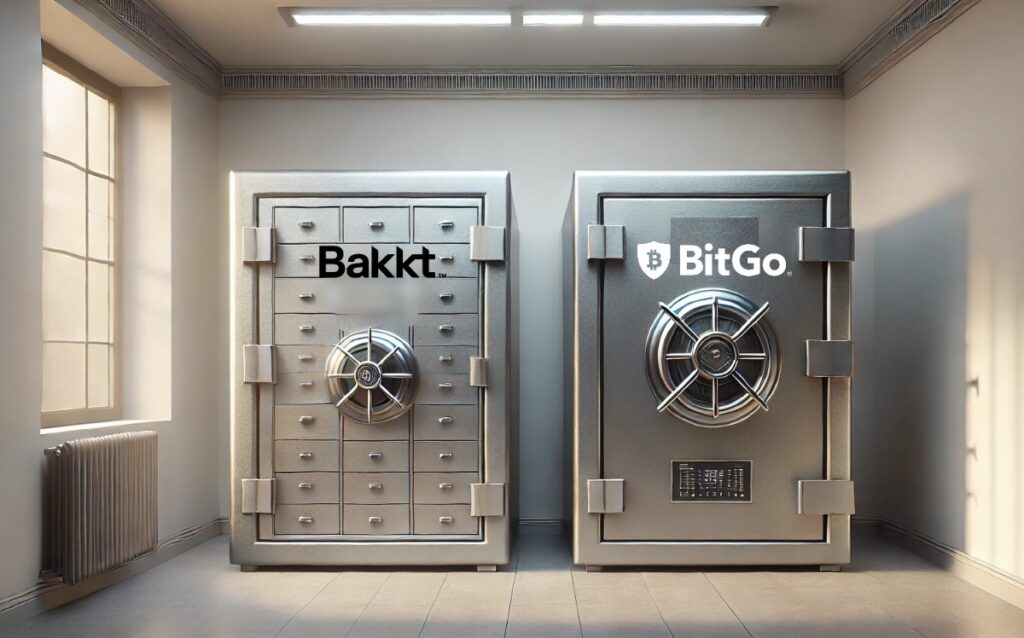Why are Decentralized Physical Infrastructure Networks (DePINs) being hyped as the next big opportunity in crypto investment?
In the context of cryptocurrency and blockchain, a DePIN (Decentralized Physical Infrastructure Network) refers to the application of blockchain technology to manage and operate physical infrastructure in a decentralized manner.
Unlike traditional systems that are typically controlled by single entities (like government bodies or large corporations), DePINs distribute control and decision-making across a network of participants.
DePINs facilitate autonomous, real-time operations within physical systems using technologies such as smart contracts and the Internet of Things (IoT). This advancement not only increases system responsiveness but also adjusts more dynamically to human needs.
DePINs harness blockchain to heighten security, efficiency, and transparency in real-world applications such as renewable energy grids and logistical networks.
For example, in supply chain management, DePINs provide immutable records of a product’s origin, ensuring authenticity from production to delivery. In energy sectors, they enable direct, peer-to-peer energy exchanges, allowing homes equipped with solar panels to sell surplus power directly to neighbors, thereby decentralizing and democratizing energy distribution.
This concept extends the decentralized nature of digital blockchains into the physical world, allowing for real-time, autonomous interactions within physical infrastructures through the integration of technologies such as smart contracts and the Internet of Things (IoT). Here are some key aspects of DePINs in the crypto sense:
Autonomy and Decentralization: DePINs leverage blockchain’s inherent qualities of decentralization and transparency to manage physical assets and infrastructures such as energy grids, supply chains, and telecommunication networks. This removes the need for centralized control and potentially reduces inefficiencies and corruption.
Smart Contracts: These are used to automate processes and transactions within DePINs. For example, in a decentralized energy grid, smart contracts could automatically execute energy trades between producers and consumers based on real-time supply and demand.
Integration with IoT: DePINs often utilize IoT devices to monitor and control physical infrastructure. These devices can communicate with blockchain networks to ensure that all data related to the physical infrastructure is transparently and immutably recorded.
Applications Across Industries: DePINs can be applied in various sectors. For instance, in energy distribution, they facilitate peer-to-peer trading of electricity; in supply chain management, they provide verifiable provenance tracking; and in real estate, they can streamline property transactions.
Challenges: Despite their potential, DePINs face challenges like technical scalability, regulatory hurdles, and the need for significant infrastructure investment. Also, ensuring interoperability between various decentralized networks and existing systems can be complex.
DePINs represent an exciting area of growth within the blockchain space, aiming to bridge the gap between digital decentralization and the physical world’s infrastructural needs. They offer a vision of more democratic, efficient, and resilient systems for managing and utilizing physical resources.







